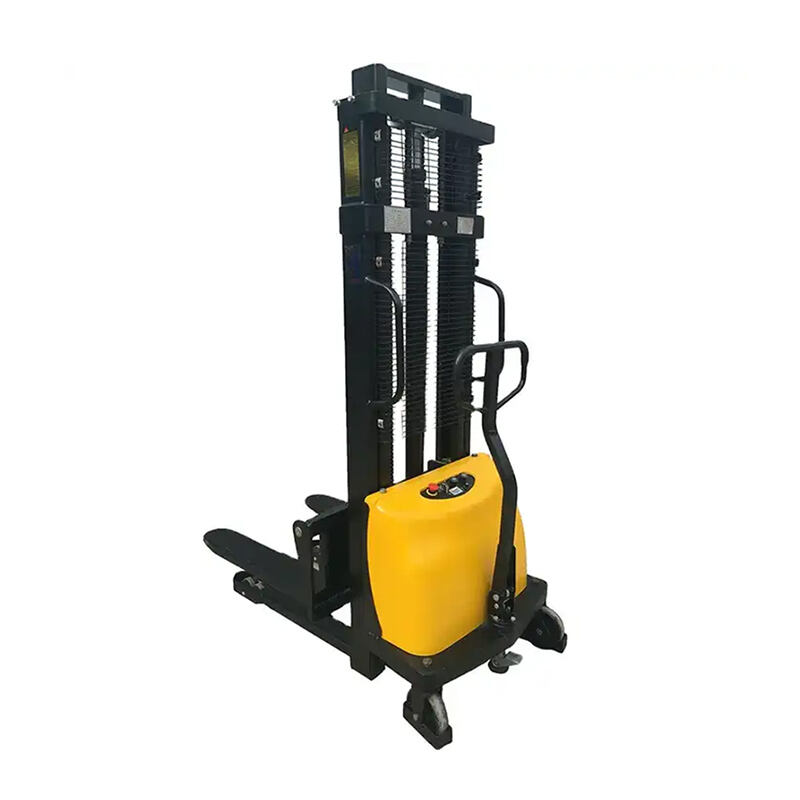Electric Stackers: Differences, Benefits, and Uses
Electric Stackers have gained much attention over the recent past in many various businesses. However, there are many different types of electric stackers, which begs the question: what is the primary difference between a fully electric stacker and a semi-electric stacker as well as which type shall I choose?

Advantages
First, it is necessary to review the benefits that are provided by Electric stackers by Chengli in comparison to other types of stackers. Undoubtedly, the simplest and most apparent could be the fact that compared to the manual stackers, the Chengli ones are much easier to operate. An electric stacker enables you to pick and transport loads with ease since it involves least use of your energy. They are also more effective work-wise because rather than using up a lot of energy to turn the wheels through mechanical tractions, the electric motor can do more work within a shorter amount of time than it would take with mechanical tractions.
Innovation
There are new features that have been fitted in both full electric and semi electric stackers to make them efficient and easy to use. For instance, some fully electric stackers can come with LED-lit controls ensuring that they are easily visible as well us usable at night. However, some of the semi-electric stackers can be adjusted to allow the forks or platforms to be adjusted according to the nature of the loads being transported.
Safety
The use of electric stackers can always be attended with some risks that is why; safety should always come first. Fully electric and semi electric stackers have safety features that allow them to be operated safely for example overloading protection and red buttons to stop the stacker. Still, fully electric stackers are deemed safer compared to the other types because it does not entail any human effort used to lift the loads.
Use
Fully electric and semi-electric stacks are differentiated by type of workload which they have to handle. Climbing is most suitable when the stacker will be lifting heavy goods since it does not exert the operator. Also, they are good for frequent usage because you shall not have to plug on any charging period as the lanterns will always be ready to use. Semi-electric stackers on the other hand comes in a set that is more appropriate for light to mediums load since the clamp requires more control when lifting the trays. It also comes with such benefits as it is easy to shift from one place to the other especially in small areas and is portable.
How to Use
Electric stackers are easy to operate but when operating the machine, certain safety measures that should be taken should be taken into consideration to avoid danger. that before employing the stacker, workers should undertake some training on the method best suited for it. Alway wear the appropriate PPEs like Hard hats, Steel toe shoes, and gloves. Ensure the loads being placed on the stacker do not surpass the maximum load capacity of the equipment and place the loads properly.
Service and Quality
Fully electric as well as semi electric stackers need appropriate care and servicing to guarantee that they are functioning correctly. Therefore when selecting a stacker a prospective buyer needs to look at the quality of the machine as well as the quality of customer service being offered by the manufacturer. When choosing stackers ensure it is being offered with warranty and to ensure that Spare parts and servicing’s are easily accessible.
Application
Crown electric stackers are suitable for use in several areas such as the warehouse, factory, and retail outlets. They are perfect for picking of loads of different dimensions ranging from small crates to pallets. Fully electric stackers are ideal for heavy loads and frequent usage while the semi-electric stackers are ideal for lighter loads more particularly when accurate positioning is required.

